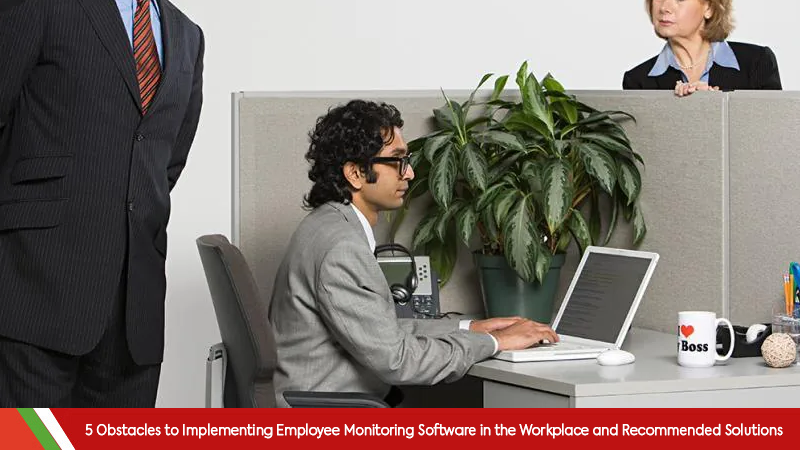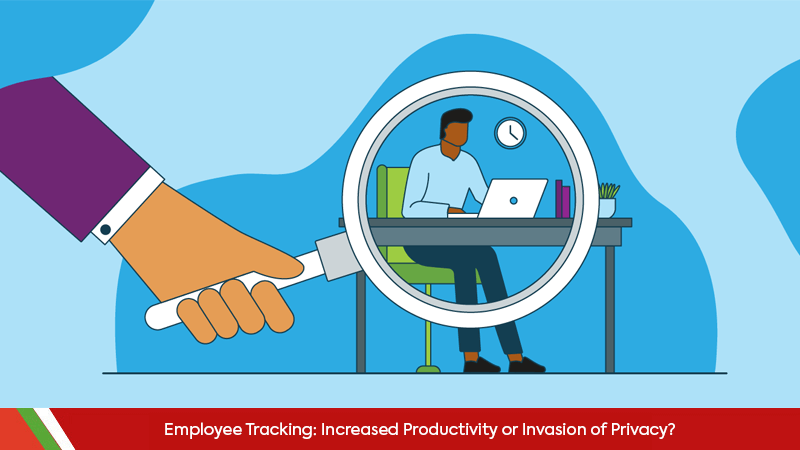The complete monitoring experience for your phone
Get XNSPY and start tracking calls, texts, multimedia, locations and more on any phone!
Get Started Now Live DemoIn today’s era, nothing is progressing faster than the technology sector. Once we could never imagine calling someone except using a landline phone. But, then, the cell phones were launched. Now, with the latest smartphones, we can not only call someone and hear them but we can see them as well.
With such advances, workplaces are adapting too.
Employee monitoring was, once, only done in person. Now, it can be done remotely from any part of the world. However, there are a few different types of employee monitoring.
So, we will discuss only five selected ones.
While, later in the article, you will also learn about the positive and negative effects of monitoring your staff members.
But let’s start with the basics and talk about:
What’s Workplace Monitoring?
Workplace monitoring, often regarded as employee monitoring, is a method or combination of methods employers use to keep an eye on the happenings in the office and their employee’s activities and whereabouts.
For a business owner, tracking employees can serve various important purposes. Usually, the main ones are easy assessments of employees’ performance and productivity. While preventing corporate espionage is another major reason.
5 Ways Employee Monitoring Is Being Done in 2021
There are all sorts of ways to achieve such goals. While XNSPY is already helping many business owners in monitoring their employees using most of the following techniques.
So, as mentioned, we will discuss five types of employee monitoring in this piece and they are:
- Video Surveillance
The most common technique is using CCTV cameras in workplaces. It does not only prevent strange behavior from the external parties but the employees as well.
Most offices place it for security purposes. What if some burglar/thief gets in and robs the place?
But it doesn’t matter as it’s a rare happening. On the other hand, the cameras are watching/recording the staff all the time.
So, one of the major reasons video surveillance takes place in offices is that employers want their workforce to be at their best behavior… no matter what’s the time.
If the staff doesn’t comply, then they have all the proof they need!
Note: Installing CCTV cameras in private areas such as washrooms and toilets is illegal. So, one should only install them in common places.
- Card and Fingerprint Scanning Points
Most workplaces assign IDs or key cards to their employees. Every key card is unique to its assignee.
So, this is another way to safeguard company secrets; while monitoring the comings and goings of staff members.
For example, if a certain room is accessible with only a select number of key cards, then any material or information that goes missing from that room might easily be retrieved or stopped from leaking out. How is that?
Using the key cards’ access logs. As all entries are recorded. So, all personnel that entered the room before the “theft” can be questioned to figure out who is the “corporate spy”.
As the room was only accessible to a few of the staff members, the questioning process will be easy and short.
Similar, fingerprint scanners can add security to classified areas of an office. While making it hard for any espionage to happen either from the inside or outside.
- Tracking Office Network and Emails
Another common employee monitoring practice is analyzing all the outgoing and incoming traffic within a workplace.
Network monitoring can help in figuring out the presence of malicious software, infecting the network or systems on the network. Any unnecessary, unusual, or suspicious internet usage falls under such surveillance as well.
So, during work hours, if your employees start using Facebook or Instagram on their devices, you will know about it.
On the other hand, Email monitoring is usually done to prevent any leaks of corporate data.
Another reason why it’s done is to know whether one’s staff members are being respectful to their clients. While some companies use it to keep their employees from gossiping in official emails.
- Employee Monitoring Apps or Software
A popular way to track employees is through monitoring apps and software. These can be installed on company devices such as PCs, laptops, and phones.
XNSPY is one perfect example of such phone tracking apps.
Once such software or app is installed on a pc or phone, respectively, you can monitor all activities happening on it or in its surroundings.
That’s why these powerful tools aid employers in tracking their workers, no matter where they are, at all times. As long as the said device is connected to the internet, of course!
- GPS Location Tracking
Not all businesses can be run from a specific office. Some workplaces are all about being in the field. Such as the trucking and delivery businesses.
Most of their workers are out all day. Driving around in their trucks, vans, cars, etc. delivering all that’s on their list(s).
To track such employees, companies use GPS locating tracking apps or devices. So, they can know where their worker is located and what they are doing, at any time.
It is rather helpful to track their drivers. Because this way they can effectively monitor and change their delivery routes, when and if required.
Is This a Good Practice?
As doing everything else, there are some merits to monitoring your staff and, equally, some demerits. The advantages of employee monitoring, however, are proving to be worth it despite the disadvantages of practicing these methods. How is it so?
With proper monitoring, employees are determined to:
- Work better, more efficiently.
- Waste less time on the job.
- Produce better results in the end.
However, if you don’t apply the methods in the right manner, you may:
- Lose your staff’s trust.
- Get some resistance before or once the surveillance is in place.
- End up losing all or some part of your workforce.
You want your business to profit from employee monitoring, right?
So, always be careful while planning your workplace surveillance methods.
First, learn how to properly monitor your employees and then, only then, implement the surveillance methods at your workplace.
Now, that will be all for today’s post. Hope it helps you in achieving your goals!


